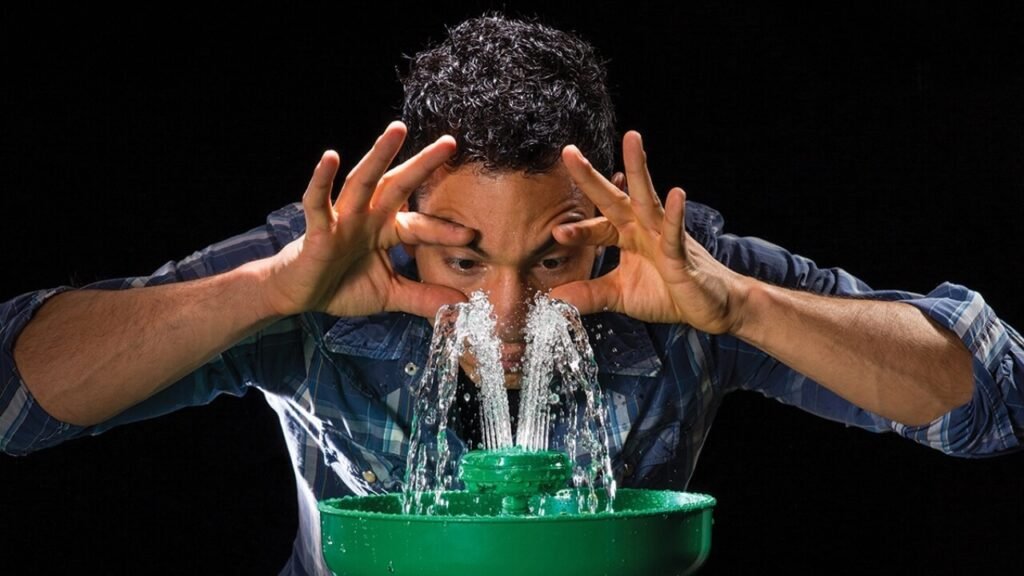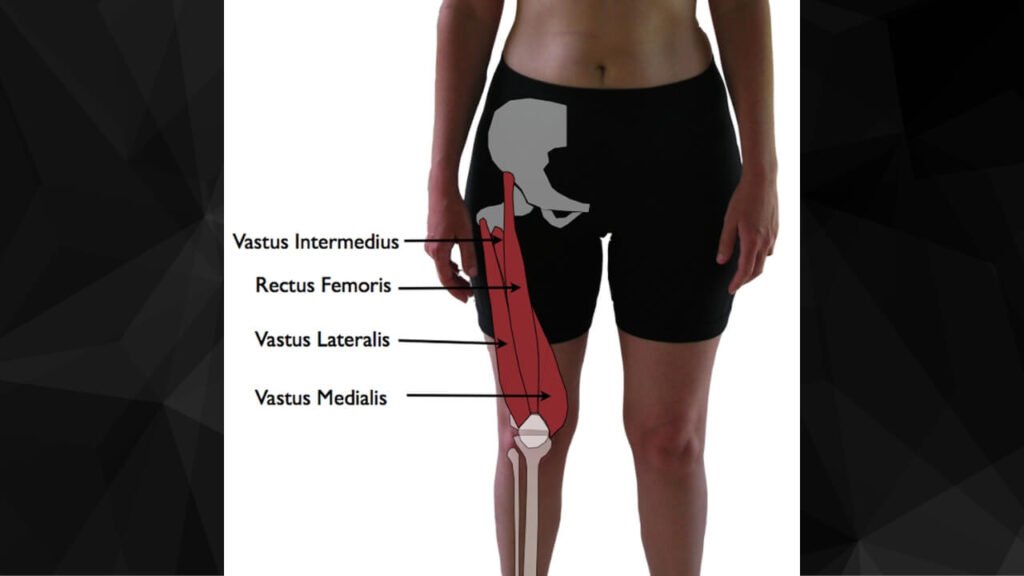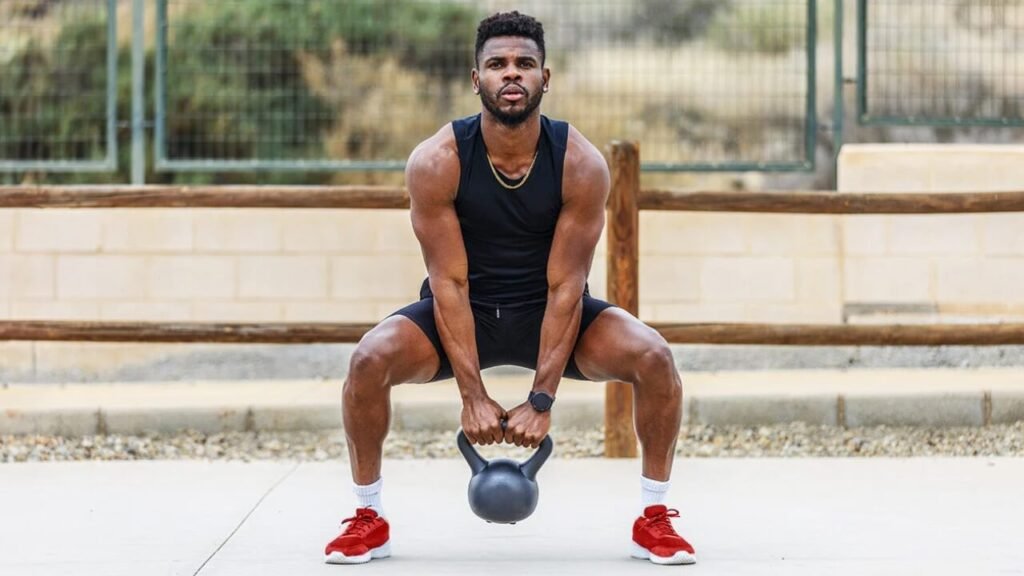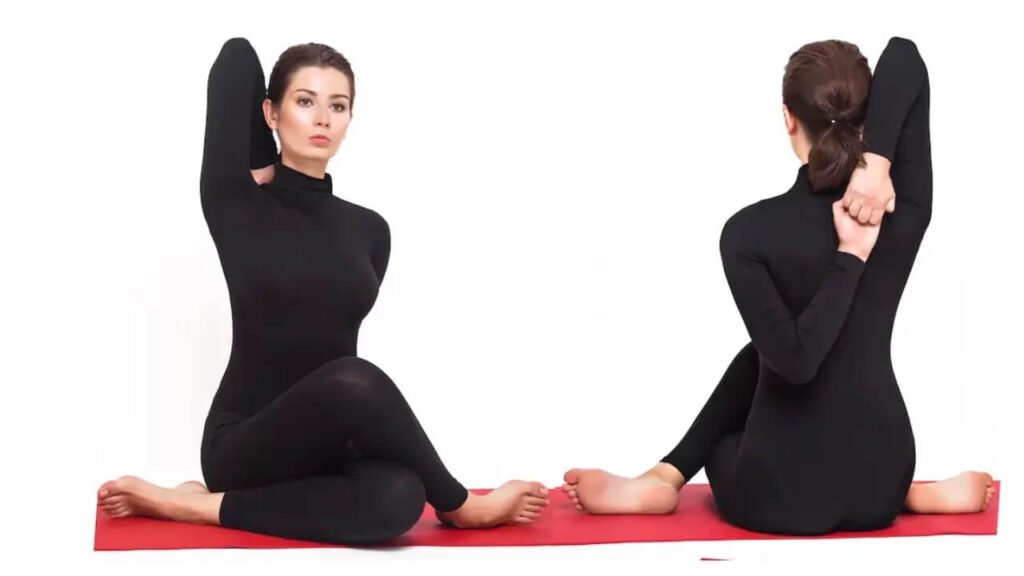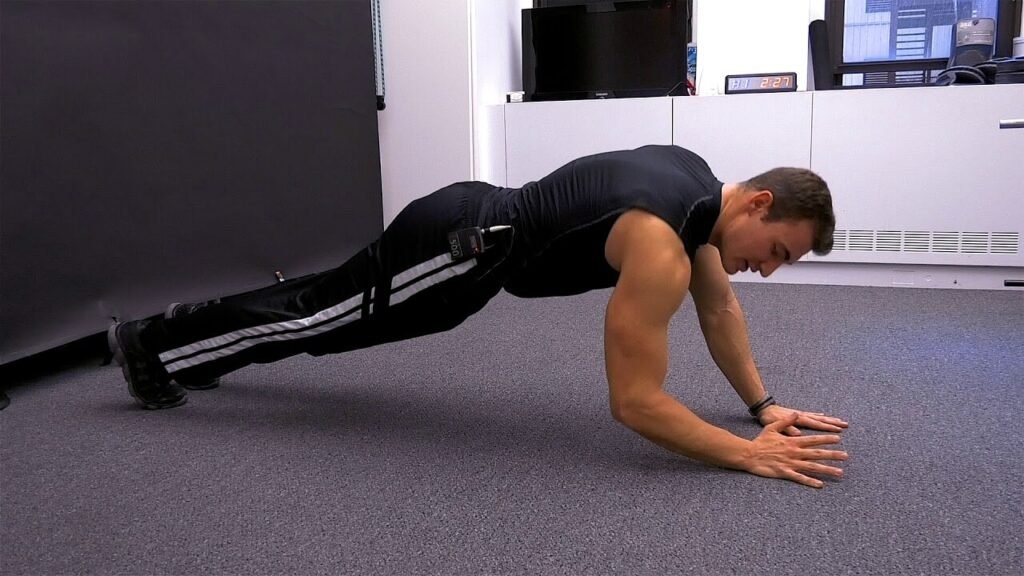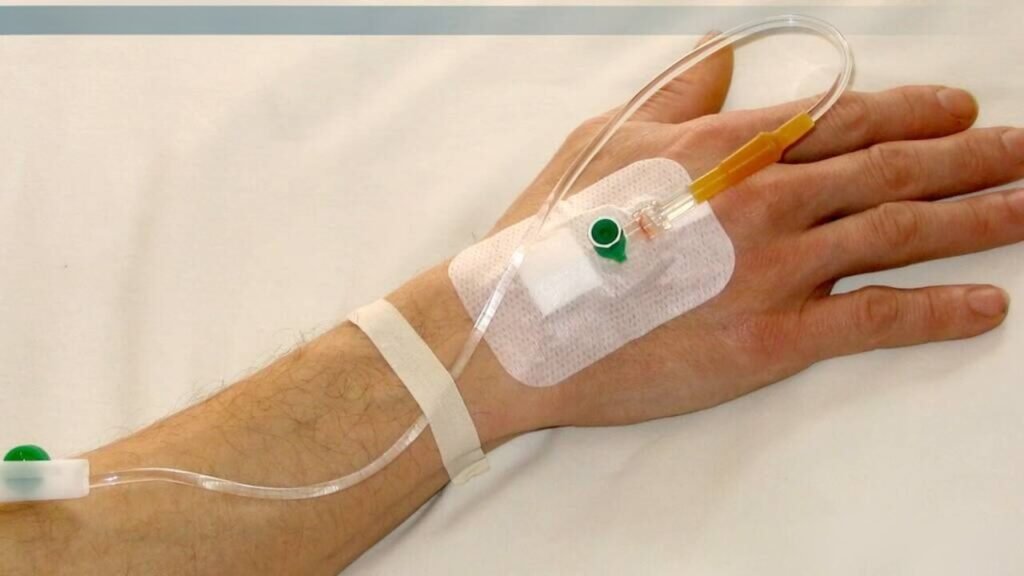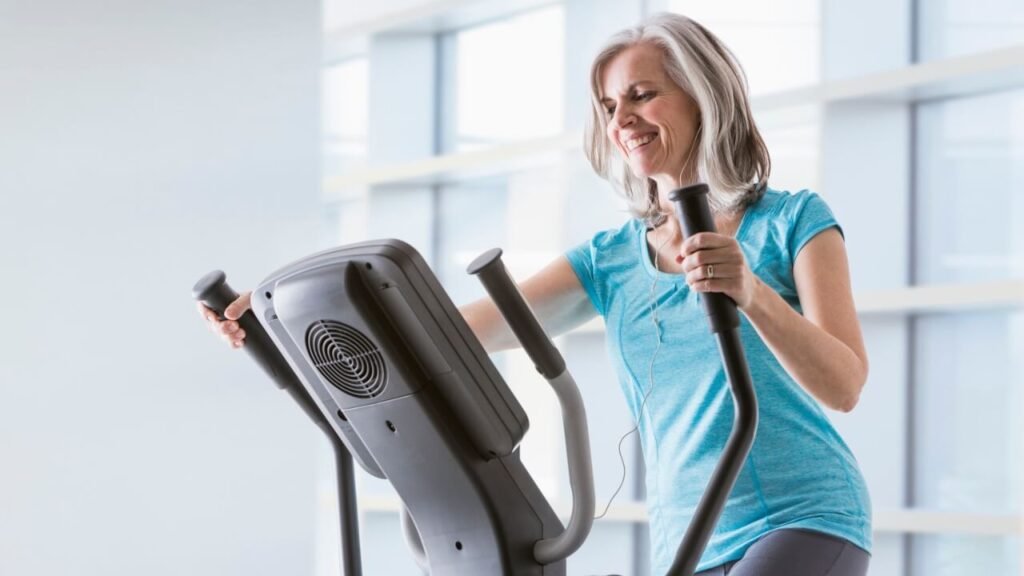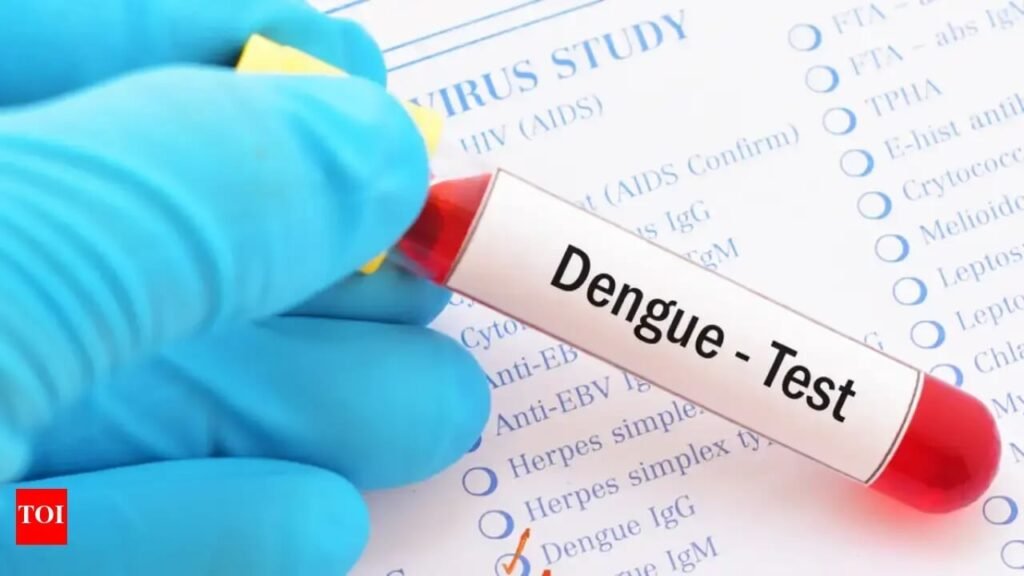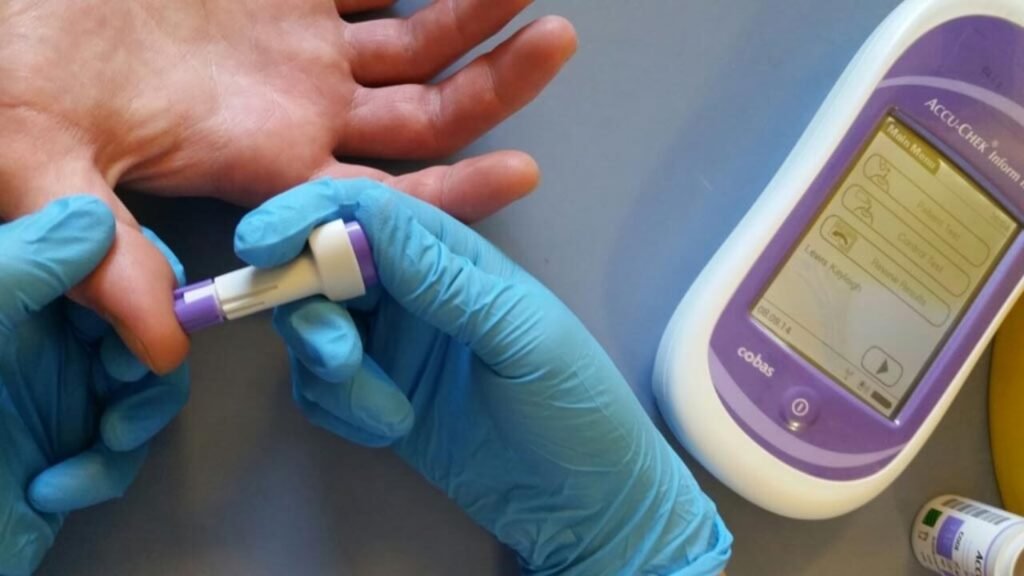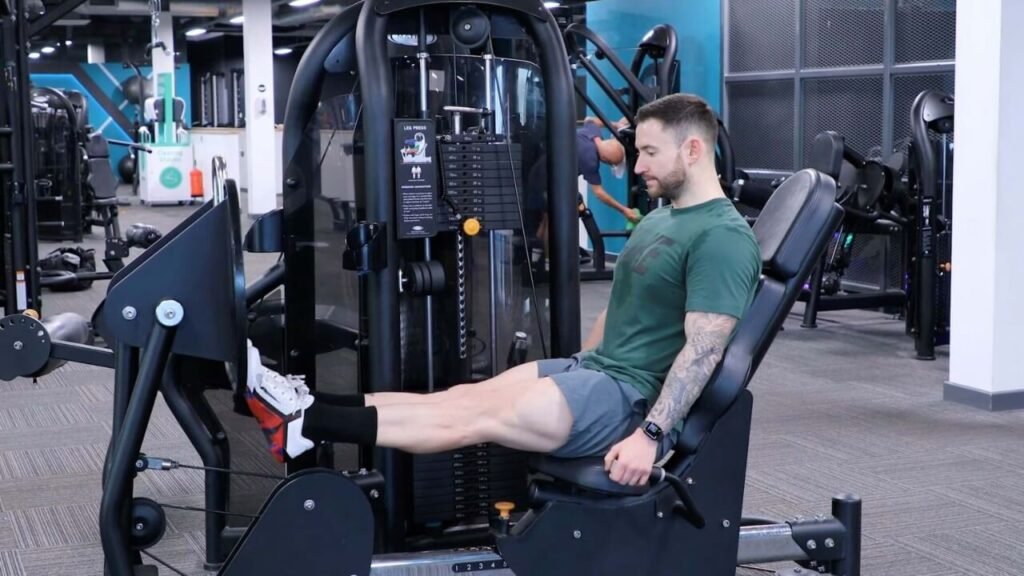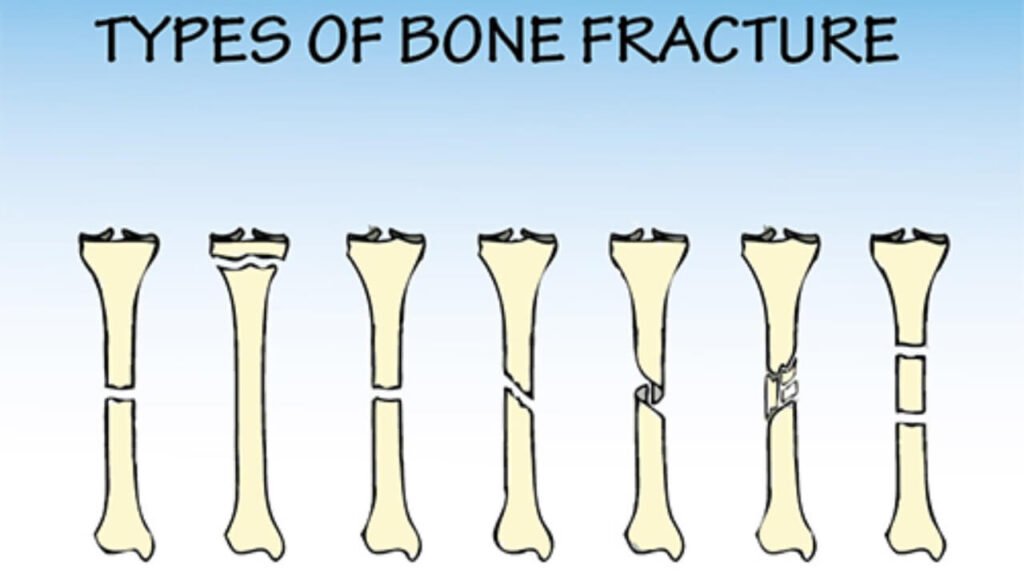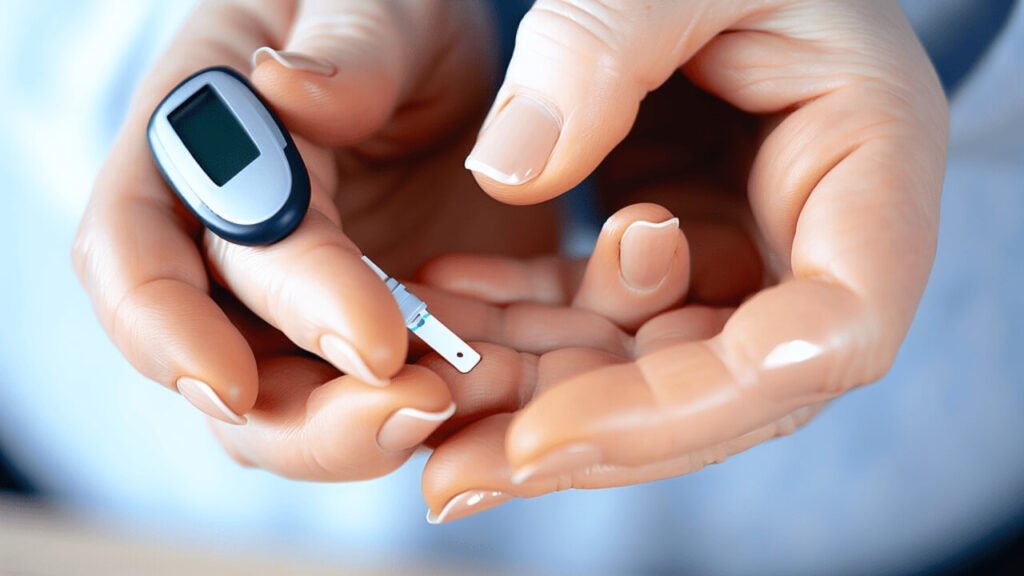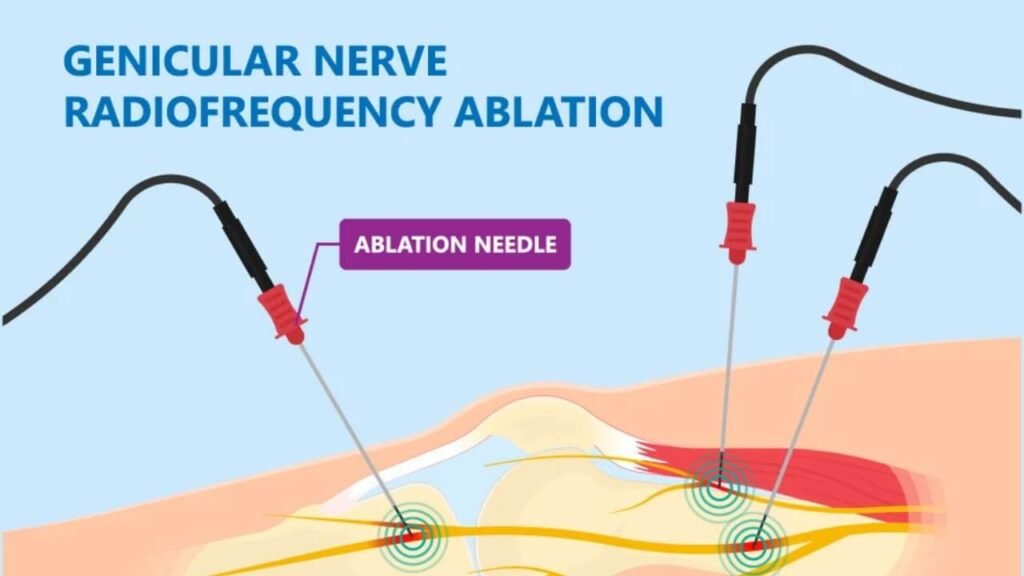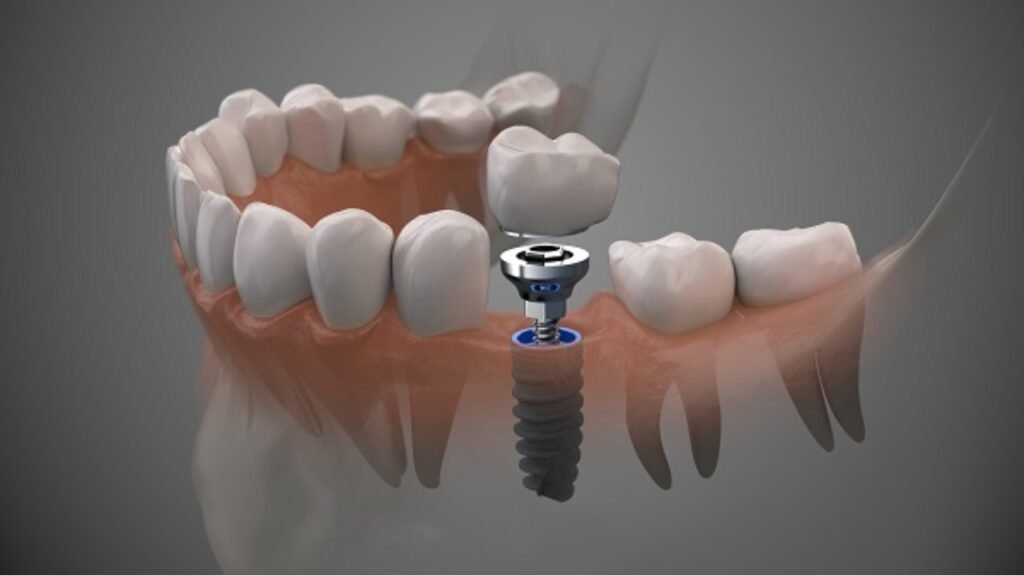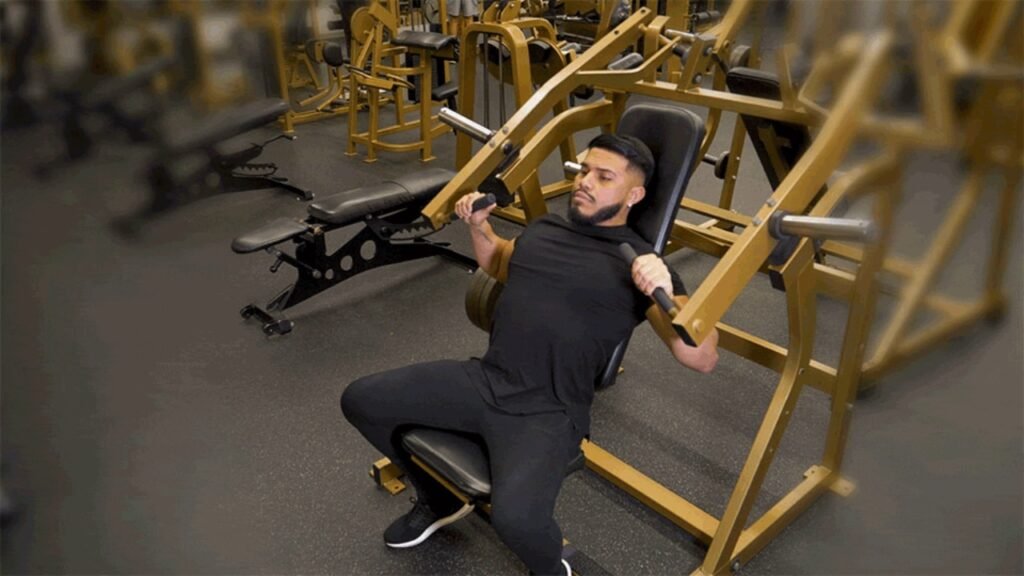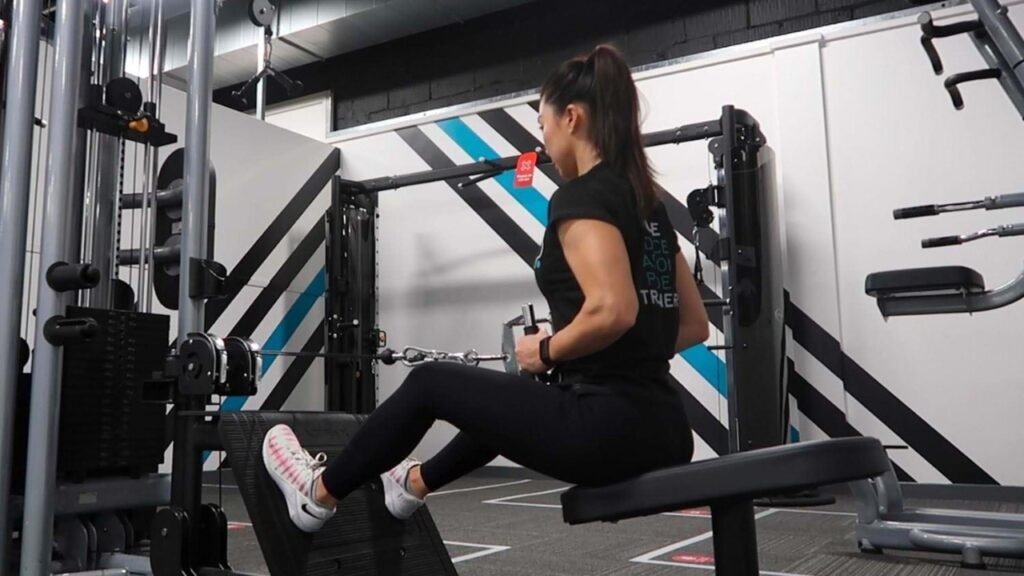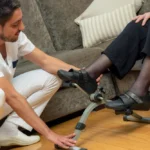Effective Cervical Radiculopathy Exercises for Relief and Recovery
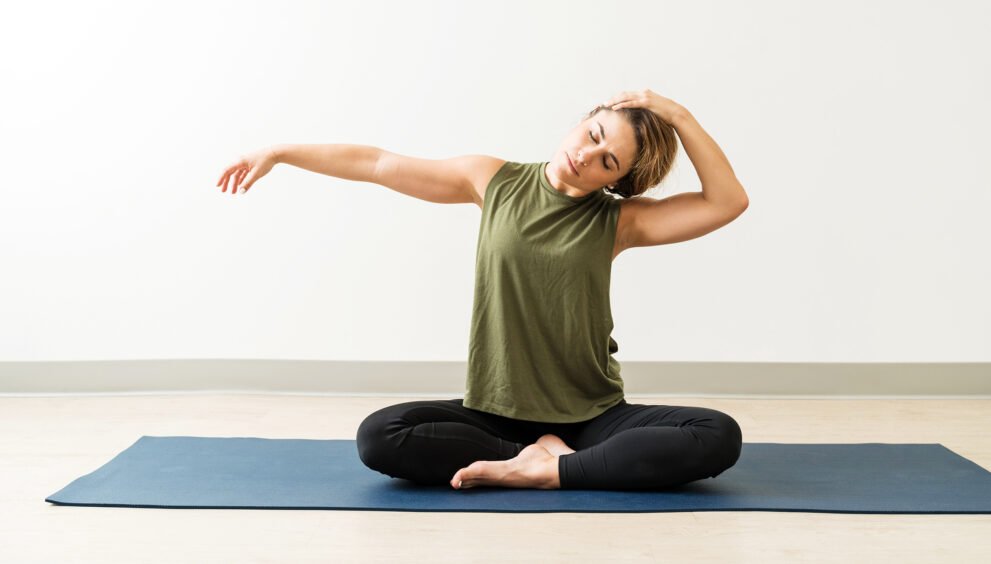
Cervical radiculopathy, generally referred to as a pinched nerve inside the neck, is a condition that happens when a nerve inside the cervical spine (the neck) is compressed or irritated. This regularly leads to symptoms including pain, numbness, tingling, or weakness radiating from the neck down to the arms or hands. While medications and surgery may be necessary in severe cases, many individuals find significant relief through cervical radiculopathy exercises.
In this blog, we’ll dive deep into effective cervical radiculopathy exercises that can alleviate the ache and discomfort associated with cervical radiculopathy, presenting a holistic technique to rehabilitation. If you’re experiencing symptoms of a pinched nerve, incorporating these physical activities into your routine can assist manage the situation and promote recovery.
What Is Cervical Radiculopathy and How Does It Happen?
Before jumping into the exercises, it’s crucial to understand the condition itself. Cervical radiculopathy occurs when there’s compression, irritation, or damage to one of the nerves that extend from the spinal cord within the neck region. The most common causes include herniated discs, bone spurs, or degenerative disc disease. These factors can cause strain on the nerve roots, resulting in pain and other symptoms that affect the upper body.
Symptoms of cervical radiculopathy can vary widely, but usually include:
- Neck pain: Often felt at the back or side of the neck, sometimes radiating down the arms.
- Arm and shoulder pain: Pain that can travel down into the shoulders, arms, and hands.
- Numbness or tingling: A “pins and needles” sensation within the neck, shoulders, arms, or hands.
- Weakness: Difficulty gripping objects or using your arm due to nerve compression.
Understanding the nature of this condition is essential when selecting exercises for relief. Moving on, we’ll explore the most effective cervical radiculopathy exercises that target these symptoms.
Cervical Radiculopathy Exercises: A Path to Relief
1. Neck Stretches for Flexibility
One of the first exercises that anyone with cervical radiculopathy should consider is gentle neck stretching. Stretching can help alleviate tension in the neck muscles, improve blood circulation to the affected area, and reduce pressure on the nerves.
How to do it:
- Sit up straight in a comfortable chair with your feet flat on the floor.
- Slowly tilt your head to one side, bringing your ear toward your shoulder.
- Hold this position for 15-30 seconds, breathing deeply and relaxing your muscles.
- Return to the starting position and repeat on the other side.
- Perform 3 sets on each side.
This stretch targets the lateral neck muscles and can help improve the flexibility of the cervical spine. By keeping the muscles relaxed, you’re reducing the tension that may be pressing against the nerves.
2. Chin Tucks for Posture Correction
Improper posture is one of the leading causes of cervical radiculopathy. Over time, slouching or forward head posture can exacerbate the compression of nerves within the neck. Chin tucks are an excellent exercise to improve posture and relieve pressure on the cervical spine.
How to do it:
- Sit up straight with your back against a chair.
- Gently tuck your chin toward your chest, creating a “double chin” effect.
- Hold for 5-10 seconds and then return to the neutral position.
- Repeat this exercise 10-15 times throughout the day.
Chin tucks not only strengthen the muscles of the neck but also help align the cervical spine. This exercise, when performed regularly, can alleviate the compression caused by poor posture.
3. Shoulder Blade Squeeze for Upper Back Strength
The muscles in your upper back play a significant role in supporting the neck. Strengthening the upper back muscles can reduce the strain on the neck and improve overall posture. The shoulder blade squeeze is a simple exercise that targets these muscles.
How to do it:
- Sit or stand with your back straight.
- Squeeze your shoulder blades together, as if trying to pinch a pencil between them.
- Hold for 5-10 seconds and release.
- Perform 3 sets of 10-15 repetitions.
Incorporating this exercise into your routine helps to strengthen the upper back muscles, which can provide additional support for your neck and reduce the likelihood of nerve compression.
4. Nerve Gliding Exercises for Reduced Pressure
Nerve gliding exercises are designed to promote the movement of the nerves and reduce any irritation or entrapment. These exercises help improve the mobility of the nerves as they travel through the neck and arm, which can ease pain and discomfort.
How to do it:
- Sit with your back straight and arms by your sides.
- Extend your arm out in front of you with your palm facing upward.
- Slowly bend your wrist, bringing your fingers back toward your body, while also tilting your head away from the outstretched arm.
- Hold this position for 5-10 seconds and then slowly return to the starting position.
- Repeat this exercise for 5-10 repetitions, alternating between arms.
Nerve gliding exercises are particularly useful for patients with cervical radiculopathy, as they help mobilize the irritated nerve roots and reduce symptoms such as tingling or numbness.
Expert Insights on Cervical Radiculopathy Exercise
According to Dr. John D. Doe, a renowned orthopedic physician,
“Exercises that focus on strengthening the muscles around the neck and improving flexibility can significantly alleviate the symptoms of cervical radiculopathy. It’s important to take a holistic approach by incorporating stretching, strengthening, and nerve mobilization exercises into your routine for long-term relief.”
This expert emphasizes the importance of consistency in practicing cervical radiculopathy exercises. Doing these exercises regularly can result in significant improvement in both mobility and pain reduction.
Other Treatment Options for Cervical Radiculopath
While exercises are a vital component of managing cervical radiculopathy, they should not be relied upon as the sole treatment. Other treatment options may include:
- Physical Therapy: A trained therapist can help design a personalized exercise program to address your specific symptoms.
- Medications: Nonsteroidal anti-inflammatory drugs (NSAIDs) or corticosteroid injections may be prescribed to reduce inflammation and pain.
- Surgical Intervention: In rare cases, surgery may be necessary if non-surgical treatments fail to provide relief.
Before starting any new exercise program, it’s important to consult with a healthcare provider, particularly if you have a history of neck injuries or spinal conditions.
When to Seek Professional Help
If you notice that your symptoms worsen or fail to improve with exercise, it may be time to seek professional help. A healthcare provider can help identify the underlying cause of your cervical radiculopathy and offer more targeted treatments, including physical therapy or injections.
Additionally, if you experience severe symptoms such as weakness in the arms or loss of coordination, it’s crucial to seek immediate medical attention.
Conclusion: Finding Relief Through Consistency
Cervical radiculopathy can be a debilitating condition, but with the right exercises and treatment plan, it’s possible to find relief and reclaim your quality of life. Incorporating cervical radiculopathy exercises into your daily routine can help reduce pain, improve posture, and restore mobility. Consistency is key—make these exercises part of your long-term strategy for managing your condition.
Remember to listen to your body and consult with a healthcare professional before starting any exercise program. By taking proactive steps and staying dedicated to your recovery, you can reduce the impact of cervical radiculopathy on your daily life.
This blog aims to guide individuals struggling with cervical radiculopathy in understanding effective exercises that can alleviate pain and restore function. Through a combination of stretching, strengthening, and nerve mobilization techniques, many individuals can find relief without relying solely on medications or invasive treatments.










